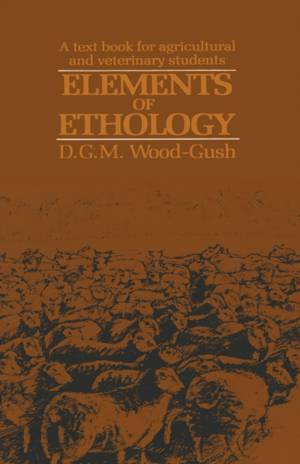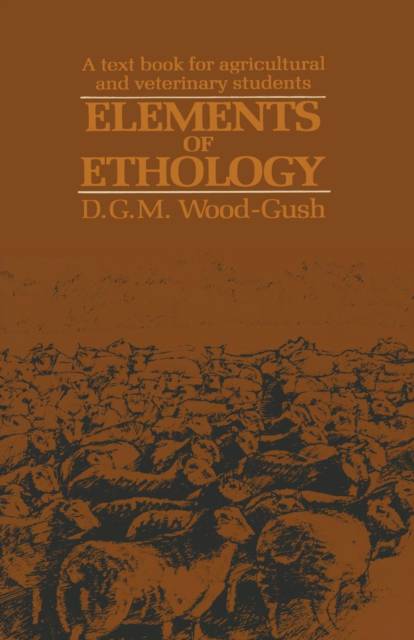
- Afhalen na 1 uur in een winkel met voorraad
- Gratis thuislevering in België vanaf € 30
- Ruim aanbod met 7 miljoen producten
- Afhalen na 1 uur in een winkel met voorraad
- Gratis thuislevering in België vanaf € 30
- Ruim aanbod met 7 miljoen producten
Zoeken
€ 167,95
+ 335 punten
Omschrijving
The object of this book is to introduce ethology to agricultural and veterinary students. Today ethology covers many approaches to the study of animal behaviour which are connected by one unifying concept: all behaviour must be considered in relation to the ecology and evolutionary history of the species under investigation. This may seem to some to put domesticated animals beyond the scope of classical ethology but, while domestication has involved some behavioural changes, we shall see that much of the behaviour of our species of farm livestock differs little from that of their putative ancestors. It is assumed that students using this book will already have studied some physiology. It is also assumed that they are, essentially, practically minded and with this factor in mind I have discussed behaviour in terms of its function, introducing the principles of ethology within functional categories of behaviour. In order to best illustrate these principles I have taken examples from a variety of species and not confmed myself to farm livestock and domestic animals, for fundamental ethological research with these species has been patchy. However at the end of each chapter I have given a list of papers pertaining to farm livestock so that the principles of ethology can be seen in a more practical context and to develop this approach further I have also added some practical problems for discussion at the end of each chapter.
Specificaties
Betrokkenen
- Auteur(s):
- Uitgeverij:
Inhoud
- Aantal bladzijden:
- 240
- Taal:
- Engels
- Reeks:
- Reeksnummer:
- nr. 184
Eigenschappen
- Productcode (EAN):
- 9780412231704
- Verschijningsdatum:
- 16/06/1983
- Uitvoering:
- Paperback
- Formaat:
- Trade paperback (VS)
- Afmetingen:
- 140 mm x 216 mm
- Gewicht:
- 294 g

Alleen bij Standaard Boekhandel
+ 335 punten op je klantenkaart van Standaard Boekhandel
Beoordelingen
We publiceren alleen reviews die voldoen aan de voorwaarden voor reviews. Bekijk onze voorwaarden voor reviews.











